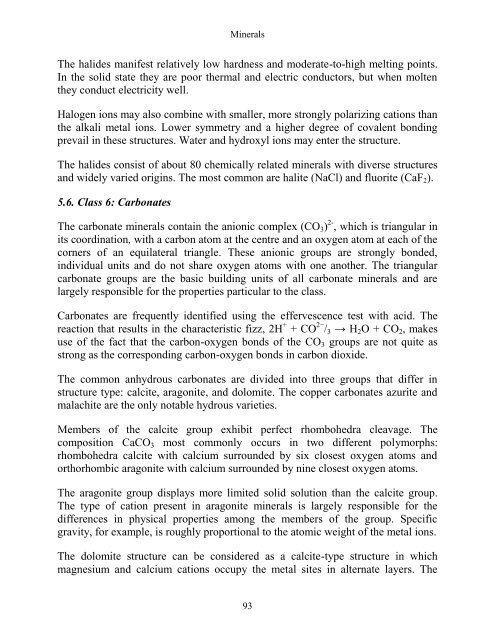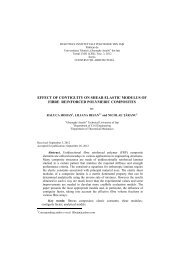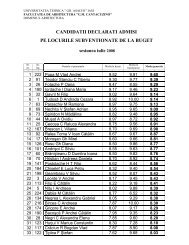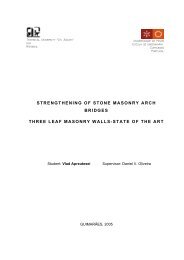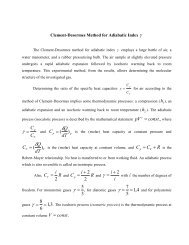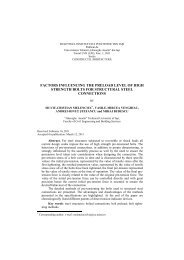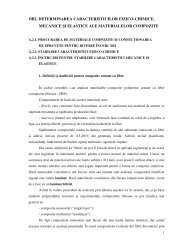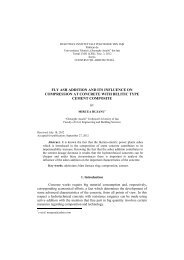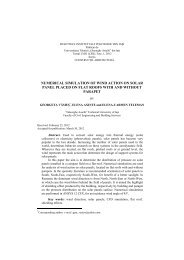1. What Are Minerals?
1. What Are Minerals?
1. What Are Minerals?
You also want an ePaper? Increase the reach of your titles
YUMPU automatically turns print PDFs into web optimized ePapers that Google loves.
<strong>Minerals</strong><br />
The halides manifest relatively low hardness and moderate-to-high melting points.<br />
In the solid state they are poor thermal and electric conductors, but when molten<br />
they conduct electricity well.<br />
Halogen ions may also combine with smaller, more strongly polarizing cations than<br />
the alkali metal ions. Lower symmetry and a higher degree of covalent bonding<br />
prevail in these structures. Water and hydroxyl ions may enter the structure.<br />
The halides consist of about 80 chemically related minerals with diverse structures<br />
and widely varied origins. The most common are halite (NaCl) and fluorite (CaF2).<br />
5.6. Class 6: Carbonates<br />
The carbonate minerals contain the anionic complex (CO3) 2- , which is triangular in<br />
its coordination, with a carbon atom at the centre and an oxygen atom at each of the<br />
corners of an equilateral triangle. These anionic groups are strongly bonded,<br />
individual units and do not share oxygen atoms with one another. The triangular<br />
carbonate groups are the basic building units of all carbonate minerals and are<br />
largely responsible for the properties particular to the class.<br />
Carbonates are frequently identified using the effervescence test with acid. The<br />
reaction that results in the characteristic fizz, 2H + + CO 2− /3 → H2O + CO2, makes<br />
use of the fact that the carbon-oxygen bonds of the CO3 groups are not quite as<br />
strong as the corresponding carbon-oxygen bonds in carbon dioxide.<br />
The common anhydrous carbonates are divided into three groups that differ in<br />
structure type: calcite, aragonite, and dolomite. The copper carbonates azurite and<br />
malachite are the only notable hydrous varieties.<br />
Members of the calcite group exhibit perfect rhombohedra cleavage. The<br />
composition CaCO3 most commonly occurs in two different polymorphs:<br />
rhombohedra calcite with calcium surrounded by six closest oxygen atoms and<br />
orthorhombic aragonite with calcium surrounded by nine closest oxygen atoms.<br />
The aragonite group displays more limited solid solution than the calcite group.<br />
The type of cation present in aragonite minerals is largely responsible for the<br />
differences in physical properties among the members of the group. Specific<br />
gravity, for example, is roughly proportional to the atomic weight of the metal ions.<br />
The dolomite structure can be considered as a calcite-type structure in which<br />
magnesium and calcium cations occupy the metal sites in alternate layers. The<br />
93


